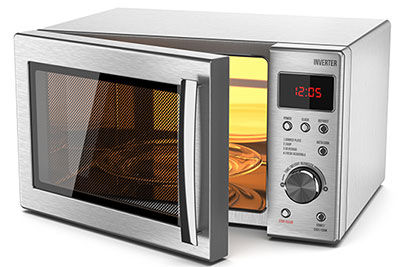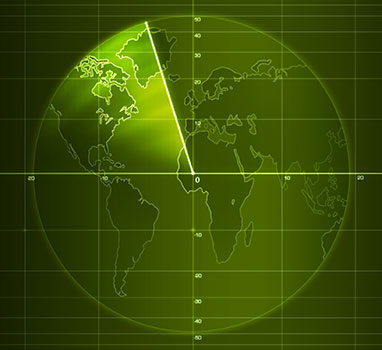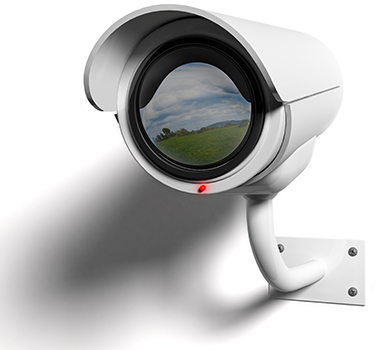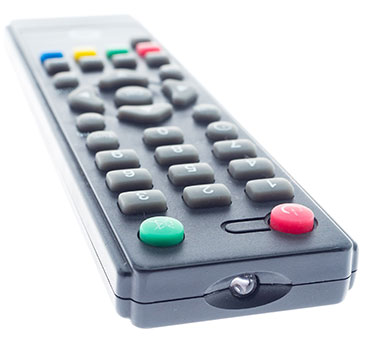Learn
Communication Technology
Radio Wave Communication
Radio waves are the largest type of EM wave with wavelengths measuring between 1 mm and 100 km (that's 62 miles!). Radio waves can be generated by transmitters and then received by radio receivers. The longer wavelengths of radio waves allow them to bend around obstacles such as mountains or hills.

Usually, an antenna is used to receive radio waves. Because there are THOUSANDS of radio waves moving through the air around you, that antenna must be tuned to a particular signal of radio waves. The best example of this is when you tune the radio in your car to pick up a specific station. You are actually tuning in to a specific radio signal. Think of your favorite radio station. It's either AM or FM followed by several numbers; that's the station's specific radio signal.
Because of the large amount and many uses of radio waves, laws govern and coordinate how radio waves can be used based on their frequencies. Click on each frequency below to see what types of communication they are used for:
Microwave Communication
Microwaves (the kind in the EM Spectrum, NOT the device you reheat food with – although it does use microwaves) have two primary purposes in our world today. The first is to, of course, power microwave ovens. However, microwave ovens are not a communication device so we are skipping over them for the purpose of this lesson.

The second main purpose of microwaves is in communication devices. Microwaves have wavelengths that measure between 30 cm and 0.1 cm. This smaller wavelength (compared to radio waves) allows microwaves to be easily transmitted and received using antennas. Narrow beams of microwaves can be focused directly on a receiving antenna.

This satellite dish uses microwaves. Notice it's antenna!
Unlike radio waves, however, microwaves cannot pass easily around hills or mountains and, often times, must be transmitted across multiple antennas.

Radar is a detection system that uses radio waves. Radar can detect objects like aircraft, ships, and weather formations. 
This old school television has two antennas, which many people referred to as "rabbit ears."
Microwave transmission is used in telephone communications, TV programs, satellite communications, radars, and computer data.
Infrared Communication

This is a thermal image of a radiator, made possible by infrared radiation.
Infrared radiation (IR) is a type of EM wave with wavelengths between 700 nm and 1 mm, just outside the range of visible light. To put it more simply, IR is basically light that we just cannot see.
Communication devices that take advantage of IR have an IR light-emitting diode (LED). This IR LED transmits a signal to a receiver. The IR beam transmitted by the LED is usually modulated turned on and off; varied by the transmitter to keep other IR in the air (like sunlight) from interfering with the transmitted signal.


The security camera and the TV remote shown here both have an IR LED on them. Can you find them?
IR cannot travel through walls and usually must have a direct line from transmitter to receiver. Therefore, it is most commonly used in remotes, heat sensing devices, some cameras, and some Bluetooth (although microwaves are used in Bluetooth as well).